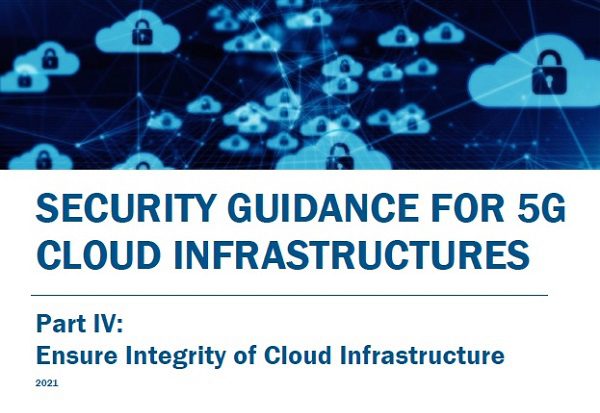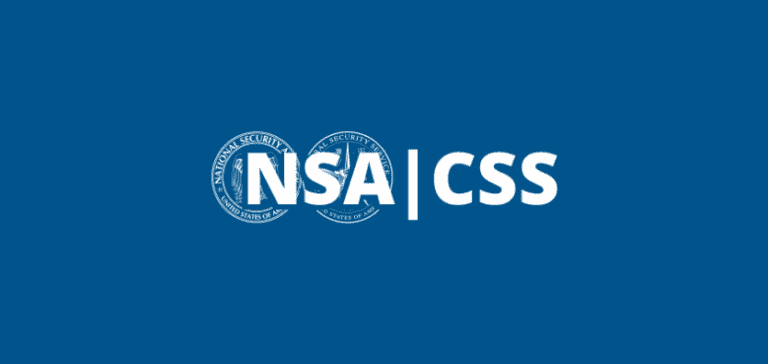BACKGROUND
The Enduring Security Framework (ESF) hosted a 5G study group comprised of government and industry experts over the course of eight weeks during the summer of 2020 to explore potential threat vectors and vulnerabilities inherent to 5G infrastructures. At the conclusion of the study, the group recommended a three-pronged approach to explore this threat space:
- Identify and assess threats posed to 5G;
- Determine what standards and implementations can achieve a higher baseline of 5G security; and
- Identify risks inherent to the cloud that affect 5G security.
In support of this task, the ESF established a 5G Cloud Working Panel to engage with experts across government and industry to document 5G cloud security challenges, threats, and potential mitigations, to include guidance, standards, and analytics. The result of this collaboration is a four-part series of publications that addresses the third task identified by the 5G study group: applying a threat-based approach to identify and mitigate risks in 5G networks that derives from the use of cloud technologies, and providing mitigations that can be applied to harden 5G cloud infrastructures.
SCOPE
This four-part series builds on the ESF Potential Threat Vectors to 5G Infrastructure white paper, released in May 2021, which focused specifically on threats, vulnerabilities, and mitigations that apply to the deployment of 5G cloud infrastructures.
Although all 5G network stakeholders can benefit from this guidance, the recommendations are intended for service providers and system integrators that build and configure 5G cloud infrastructures. This includes core network equipment vendors, cloud service providers, integrators, and mobile network operators. The audience for each set of recommendations will be identified throughout the series, providing a layered approach to building hardened 5G cloud deployments.


